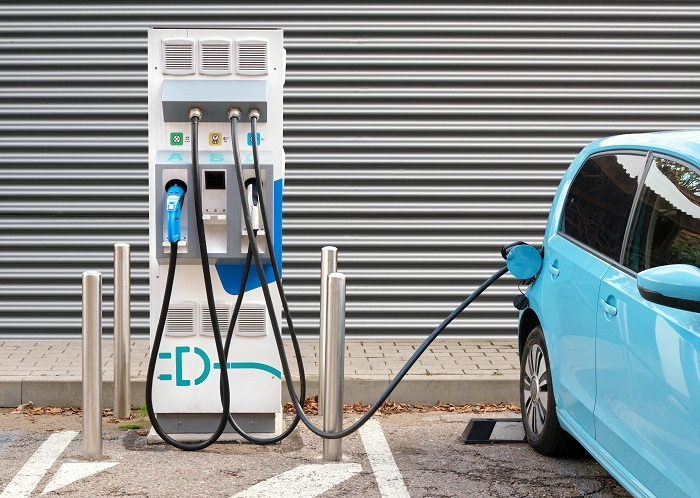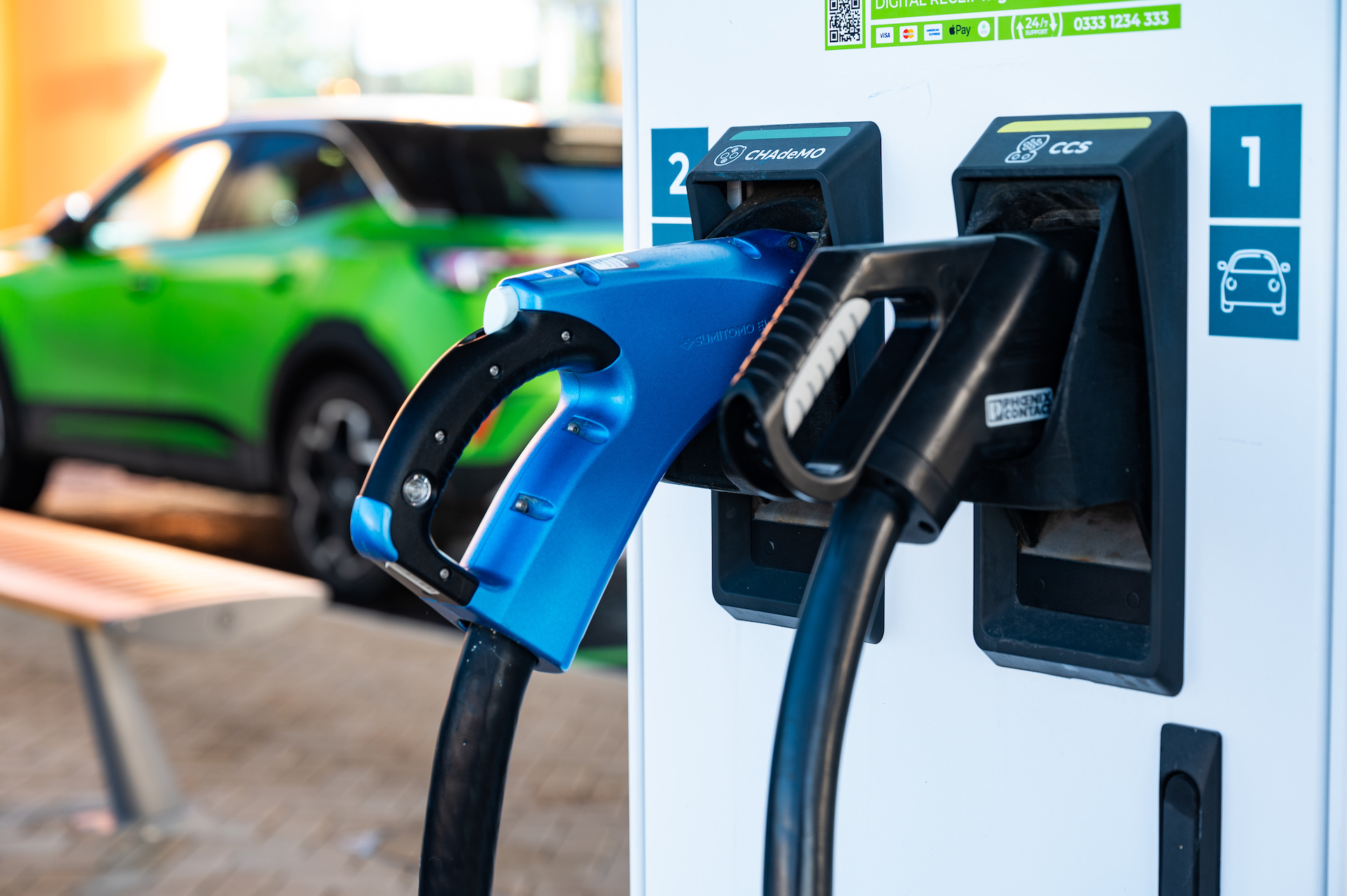What is CCS Charging and CCS 2 charger?
CCS (Combined Charging System) one of several competing charging plug (and vehicle communication) standards for DC fast charging. (DC fast-charging is also referred to as Mode 4 charging – see FAQ on charging Modes).
Competitors to CCS for DC charging are CHAdeMO, Tesla (two types: US/Japan and rest of world) and the Chinese GB/T system. (See table 1 below).
CCS charging sockets combine the inlets for both AC and DC using shared communications pins. By doing so, the charging socket for CCS equipped cars is smaller than the equivalent space needed for a CHAdeMO or GB/T DC socket plus an AC socket.
CCS1 and CCS2 share the design of the DC pins as well as the communications protocols, therefore it is a simple option for manufacturers to swap the AC plug section for Type 1 in the US and (potentially) Japan for Type 2 for other markets.
The Combined Charging System, more commonly known as CCS and CCS 2 is the European standard plug and socket type used for connecting electric or plug-in hybrid cars to a DC rapid charger.
Almost all new pure-electric cars have a CCS 2 socket in Europe. It consists of a nine-pin input that’s split into two sections; the upper, seven-pin section is also where you plug in a Type 2 cable for slower charging via a home wallbox or other AC charger.
Charging Connectors for Safe and Fast Charging
It is worth noting that to initiate and control charging, CCS uses PLC (Power Line Communication) as the communication method with the car, which is the system used for power grid communications.
This makes it easy for the vehicle to communicate with the grid as a ‘smart appliance’, but makes it incompatible with the CHAdeMO and GB/T DC charging systems without special adaptors that are not easily available.
An interesting recent development in the ‘DC Plug War’ is that for the European Tesla Model 3 roll-out, Tesla have adopted the CCS2 standard for DC charging.
Comparison of major AC and DC charging sockets (excluding Tesla)
EV charging cables and EV charging plugs explained
Charging an electric vehicle (EV) is not a one-size-fits-all endeavor. Depending on your vehicle, the type of charging station, and your location, you’ll be faced with a different cable, plug… or both.
This article explains the different type of cables, plugs, and highlights country-specific standards and developments.
There are 4 main types of EV charging cables. Most dedicated home EV charging stations and plug chargers use a Mode 3 charging cable and fast charging stations use Mode 4.
EV charging plugs vary based on the manufacturer and country you find yourself in, but there are a few dominant standards across the world, each used in a particular region. North America uses the Type 1 plug for AC charging and CCS1 for DC fast charging, while Europe uses the Type 2 connector for AC charging and CCS2 for DC fast charging.
Tesla cars have always been a bit of an exception. While they’ve adapted their design to fit the standards of other continents, in the US, they use their own proprietary plug, which the company now calls the “North American Charging Standard (NACS)”. Recently, they shared the design with the world and invited other car and charging equipment manufacturers to include this connector type into their designs.
Post time: Nov-03-2023

 Portable EV Charger
Portable EV Charger Home EV Wallbox
Home EV Wallbox DC Charger Station
DC Charger Station EV Charging Module
EV Charging Module NACS&CCS1&CCS2
NACS&CCS1&CCS2 EV Accessories
EV Accessories


